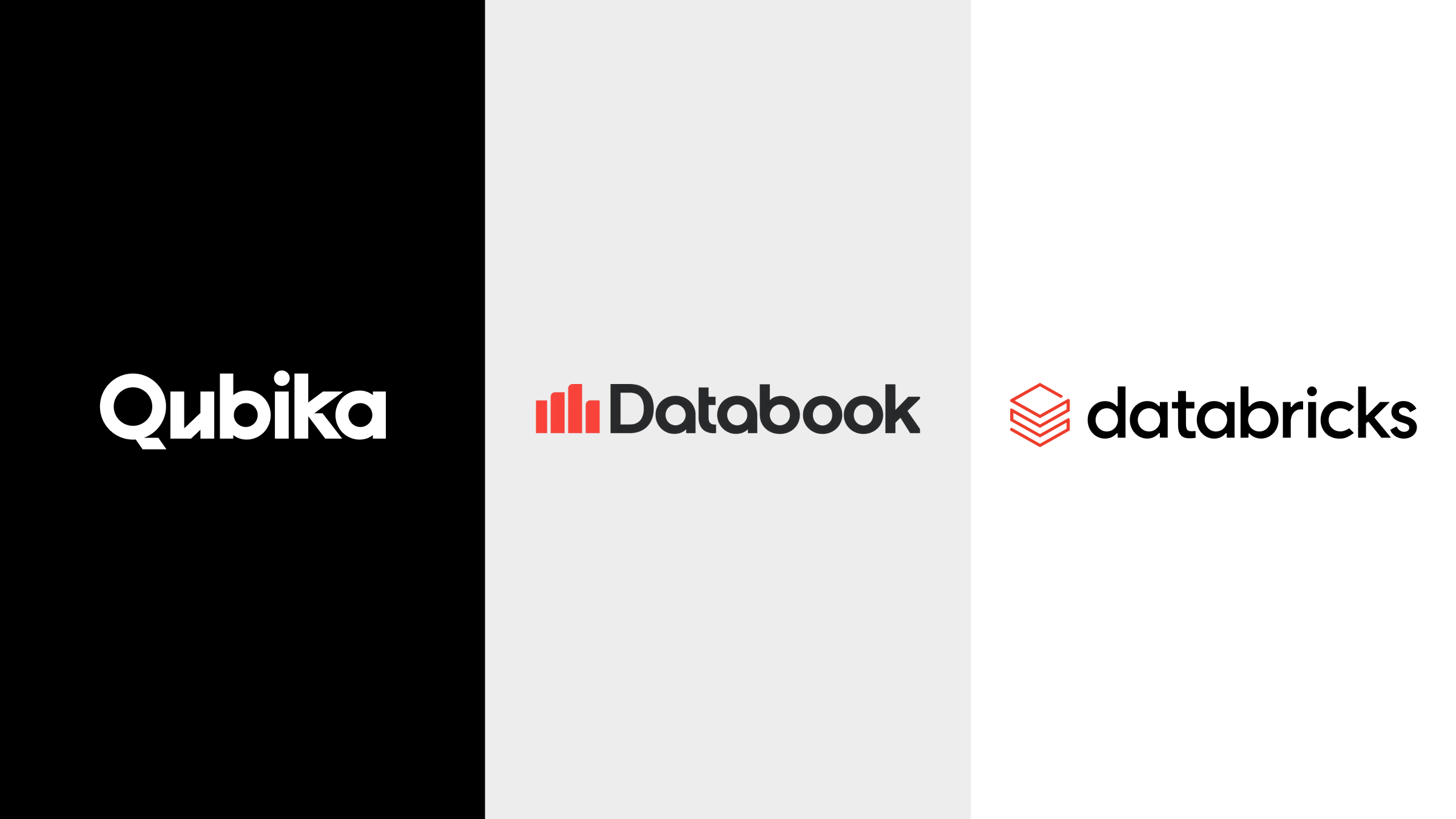Why Choosing the Right Analytics Tool Matters for Your Product
Analytics allows you to learn how your users interact with your digital products, like which features they love, where they get frustrated, and why they abandon your app. Imagine knowing exactly which screen causes 60% of your healthcare app’s users to drop off, or discovering that a fintech tool’s “quick registration” flow takes 3x longer than expected. This isn’t just data, it’s your roadmap to retention, revenue, and relevance.
But not all analytics tools work the same, some tools may be great for an entertainment mobile application, but may not work for your healthcare product in HIPPA compliance risks. There are hundreds of options in the market and choosing the right one can be an overwhelming and difficult process.
We will go through a streamlined process that can help you select the best tool for your product.
Why Analytics matter for your product
Data-Driven Decision Making
Analytics transforms raw data into actionable insights by uncovering patterns, trends, and user behaviors that directly inform business strategies.
- Identifies what users do and don’t do
- Reveals why problems occur
- Helps prioritizing features based on impact
- Measures ROI of marketing efforts
- Helps to predict future behavior
Improving User Experience
By collecting and analyzing data from how users interact with your product, you can gain valuable insights to improve the user experience (UX).
Analytics tracks user interactions, and it helps identify areas of interest and parts of the site or app that users might be neglecting. It can reveal where users get stuck or frustrated or what content or features they find most valuable. It helps you identify pain points by revealing when users abandon a flow, and also helps you to understand user preferences based on different segments of users.
All of this not only allows you to improve the user experience, but also adjust content or features to make a more personalized experience for your users.
Driving Growth and Retention
Analytics is a powerful tool for identifying trends, optimizing marketing campaigns, and improving user retention. By tracking data and analyzing patterns, you can make data-driven decisions that not only enhance user experience but also maximize business outcomes.
How to Evaluate and Choose the Right Tool for Your Product
Step 1: Define Your Goals and Metrics
Before choosing any tool, it’s essential to understand what you want to achieve and how you’ll measure success. Key Performance Indicators (KPIs) are the most critical metrics that will guide your decision. Identifying your KPIs will help you choose a tool that directly aligns with your objectives.
Step 2: Assess Your Technical Requirements
Selecting a tool that integrates seamlessly with your product is essential, as compatibility with your existing tech stack can greatly impact its effectiveness. A smooth integration eliminates the need for manual data transfers, saving valuable time and minimizing the risk of human error. You may have multiple platforms as part of your product, like web and mobile applications. Then you need to make sure the tool you choose has cross-platform support and can be integrated with all of them.Also, depending on your product, you may need to make sure the tool complies with privacy regulations, lika HIPPA, CCPA, or others.
Step 3: Consider Your Budget
There are a range of different pricing models available for analytics tools, from freemium, to subscription-based or usage-based pricing. It is important to select a tool that fits your financial situation while still meeting your needs.
Also, consider any potential additional costs, such as setup fees, training, or premium support. These extras can add up and affect your total cost of ownership.
Ensure the pricing model can scale as your business grows. You might start with a basic plan but eventually need more features or higher usage limits. Choose a tool with a pricing model that accommodates growth without becoming prohibitively expensive.
Step 4: Test the Tool
Before committing to any tool, always take advantage of free trials, demos, or freemium versions. This is your opportunity to assess whether the tool can truly meet your needs and if it’s user-friendly for your team. During the test phase evaluate usability, test core features, and take a look at the support resources available.
Step 5: Get Feedback from Your Team
Choosing the right tool shouldn’t be a decision made by a single individual—especially in complex environments. Involve key team members who will be interacting with the tool day-to-day. By getting feedback from developers, marketers, and product managers, you can ensure that the tool meets technical requirements, business goals, and user needs, which increases the likelihood of successful adoption and long-term use.
Best Practices for Implementing Analytics
Start Small:
Begin with basic metrics and gradually expand as you become more comfortable with the tool.
Focus on Actionable Insights:
Avoid data overload by focusing on metrics that directly impact your business goals.
Ensure Data Accuracy:
Regularly audit your analytics setup to ensure data is being tracked correctly.
Respect User Privacy:
Be transparent about data collection and comply with privacy regulations.
Conclusion
Analytics is essential for modern products. It can help you make the right decisions into growing your products and business. But to select the right tool you need to take into account your business goals, your requirements, your tech stack, and your budget.
At Qubika, we’ve helped startups and different enterprises navigate this maze. From integrating Firebase into a React Native MVP to integrating more robust HIPAA-compliant solutions for healthcare companies, we know that analytics isn’t a one-size-fits-all game..
Mobile App Solutions
Create incredible mobile experiences and applications with our App Solutions Studio


























